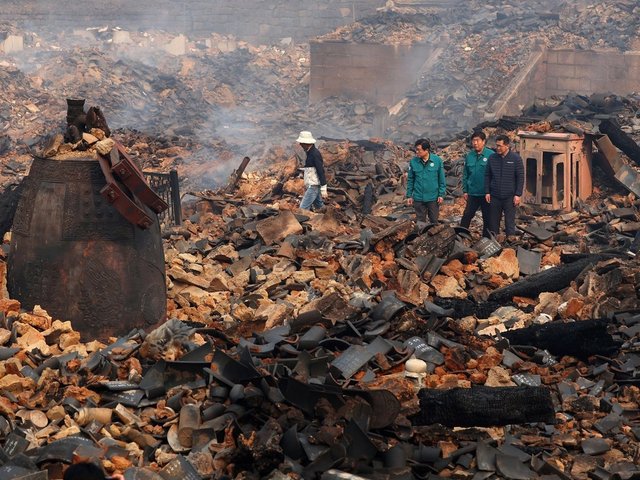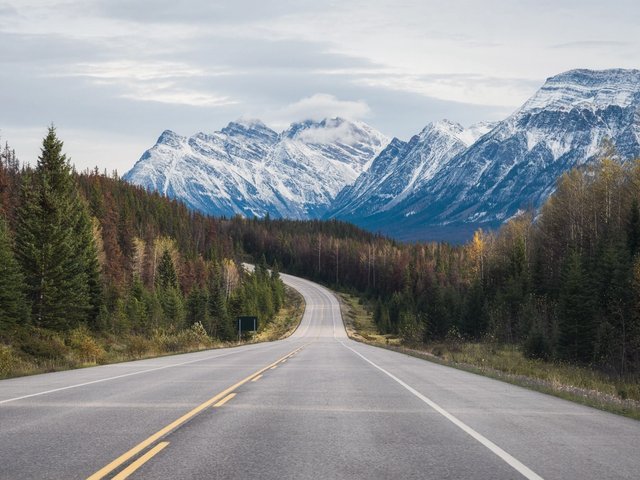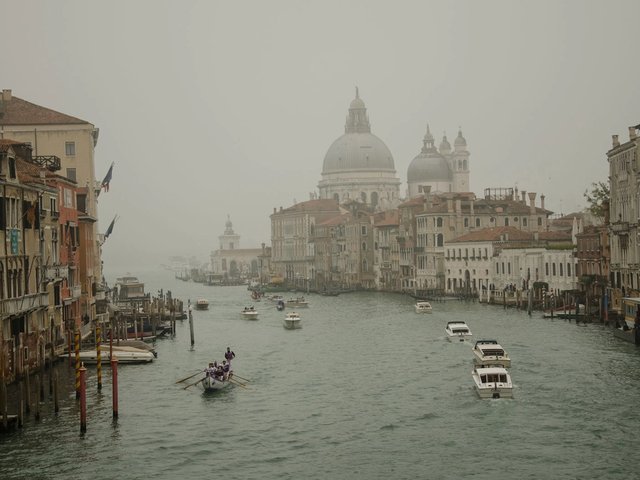New research has revealed the 50 Unesco World Heritage sites most under threat from climate change—prompting calls for the culture sector to do more to raise awareness of, and take action on, the issue.
A study by the climate risk firm Climate X assessed all of Unescos 1,223 sites across the globe and identified the 50 most at risk from the effects of climate change. The researchers used modelling to assess how different climate hazards, from tropical cyclones to extreme heat, will affect buildings, landscapes and infrastructure under different scenarios over the next hundred years.
Topping the group is Indonesia’s ninth-century Subak irrigation system, which is vulnerable to drought, extreme heat and flooding. Other key sites making the list include the decorated Cave of Pont d’Arc in France—containing some of the best-preserved figurative drawings in the world—which is at risk of flooding and landslides, and the Sydney Opera House, threatened due to storm surges and coastal floods. Also on the list is China’s Quanzhou: Emporium of the World in Song-Yuan, featuring structures highlighting the city’s place as a critical site of maritime trade in the 10th-14th centuries, which faces drought risk.
Four UK locations made the list of endangered sites. The Forth Bridge, which spans the Firth of Forth in Scotland, and the uninhabited island of St Kilda—home to relics relating to 2,000 years of life in the Hebrides—are both vulnerable to coastal flooding. The 18th-century mill village of New Lanark, also in Scotland, is vulnerable to damage from landslides, while Yorkshire's Studley Royal Park is at risk from severe storms.

The island of St Kilda, which has been uninhabited since 1930, features structures that tell of communities living in harsh conditions in the Scottish Hebrides
Photo: By JUAN CARLOS MUNOZ
Alison Tickell, the director of Julie’s Bicycle, a charity which mobilises the arts to take action on climate change, says the cultural sector has a key role to play in preventing the demise of these historic places.
She told The Art Newspaper: “This report is a clarion call to the dangers of climate change, already wreaking terrible destruction on places and communities. Culture and heritage tell the stories of ourselves, communities and values, the threads that connect us to one another in time and place. We need to recognise culture as the missing link to climate action and do everything we can to decarbonise and regenerate nature: not only to raise awareness and champion cultural guardians, but also to understand just how much we might lose.”
Landscape archaeologist and cultural heritage expert, Dr Nadia Khalaf, from Exeter University, says: “Heritage sites form our identity and historic landscapes at risk could have a huge impact not only economically on tourism but also well-being. Losing shared heritage can negatively impact communities in so many ways.”
UK sites under the microscope
Meanwhile, the impact of climate change on three other UK-based Unesco sites is going to be assessed in a separate study by heritage experts from Newcastle University. The £1.8m project, funded by the UK government’s Shared Outcomes Fund, will test how the impacts of climate change are affecting Hadrian’s Wall, the North Devon Biosphere Reserve and Fforest Fawr Global Geopark in the Brecon Beacons.
James Bridge, the chief executive and secretary-general of the UK national commission for Unesco said: “The UK's Unesco designations have a long record of site-to-site collaboration and as multi-stakeholder partnerships they provide the perfect testing ground for this kind of exploratory approach. Whilst the pilot will test approaches tailored to three specific sites in the UK, it is hoped that the results will be relevant, adaptable, and useful to people and places more broadly, both in the UK and internationally.”





